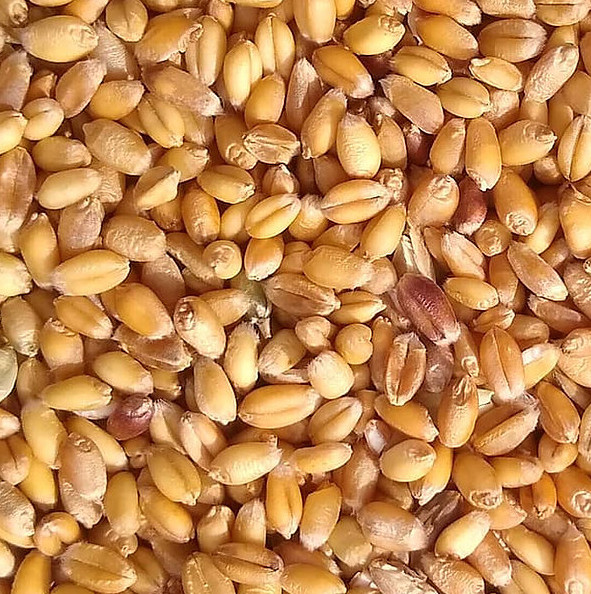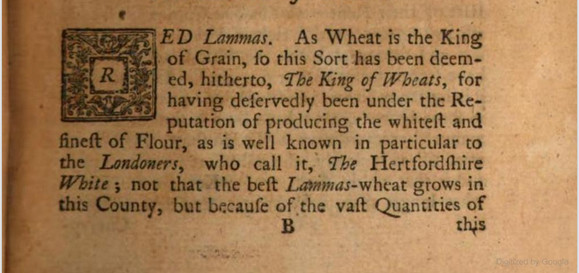Why grow heritage wheat Now?
There was an interesting podcast where heritage wheat was mentioned as a cover crop that provides lots of carbon for the soil microbes after the harvest. Chopped and dropped. They mentioned it grew to around 5 foot, which surprised me as the modern wheat I’ve seen is much shorter, some as short as 2’.

It’s also interesting that the flavour of these older varieties are in demand by bakers as they provide both better flavour and different amounts of gluten, starch and proteins. According to a research paper “suggests that modern wheat breeding practices may have led to an increased exposure to celiac disease epitopes”
Besides having to thresh, hull, grind, and generally slave to make a pound of flour, it would be an inexpensive way of feeding hens.
It has been ordered and it’s not seed wheat, it’s supposed to be destined for milling, getting around the draconian 1964 seed rules, forcing the loss of valued genetics forever.
Red Lammas. A once very widely grown and popular variety first mentioned in 1650 and lauded as ‘The King of wheats’ By Ellis in 1747. This wheat was probably Elizabethan in origin and may well have been part of the English soldiers and sailors diet at the time of the Spanish Armada. A lovely reddish brown colour when in ear with medium sized hard red grains.

Millers Choice. A modern mix of many domestic and foreign heritage wheats. That just sounded interesting and may provide a wide range of wheat, allowing the selection of the best growing variety for this location.
The planting on the site is detailed as follows
Notill has been around for quite a while, it’s not new its the way nature plants, seeds are dropped on the ground and they grow. Not all of them as they are exposed to being eaten or too dry but enough survive to keep the species going. We need slighly better odds than that to feed 6 billion people so we aim to place the seed where it has the best chance of surviving. For cereals that is about 1 1/2 inches deep (in old money) into soil and covered to keep it away from anything looking for a meal.
My drill has sharp discs to cut any vegetation and also a slot into the ground, seeds are blown in and a following wheel closes the slot and firms the soil around the seed. The old vegetation is left where it should be on the surface as food for all the citizens of the soil from bacteria and fungi to worms mice and beetles. Amazingly it dissapears as the nutrients are recycled and organic matter is taken into the soil. This sequesters a lot of carbon from the atmosphere as well.
